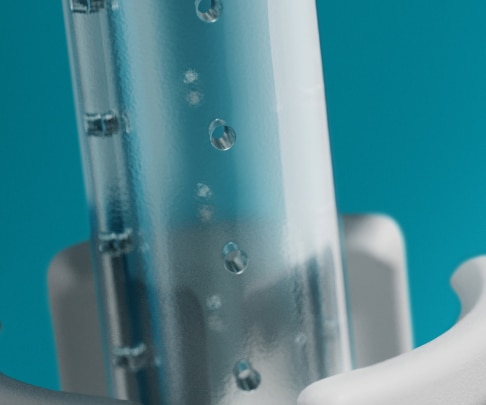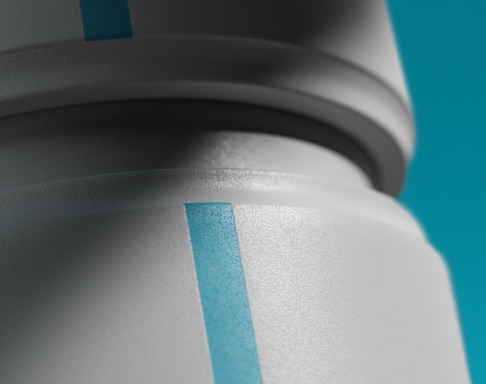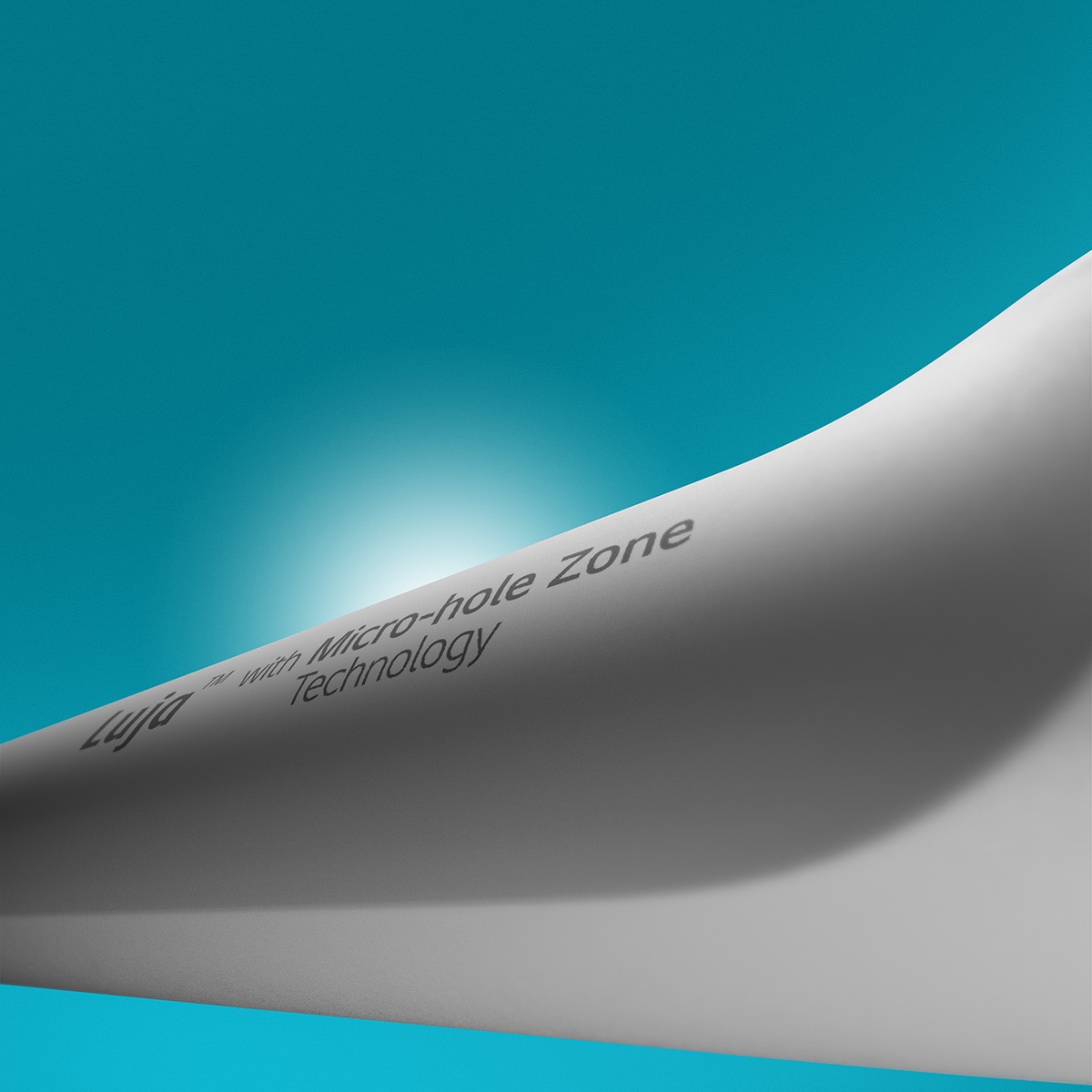When catheterising, you may experience urine flowstops. This can happen even though your bladder is not completely empty3.
A new standard for female intermittent catheters

Are you often concerned that you haven’t completely emptied your bladder?
Do you find it cumbersome adjusting your catheter to make sure there’s no urine left behind? Or maybe you’ve had more than your fair share of urinary tract infections (UTIs) this year?
Coloplast is setting a new standard for bladder emptying1 with its new Micro-hole Zone Technology, designed to reduce the risk of UTIs2. It’s a new standard for female intermittent catheterisation.
We’re shining a light on the importance of complete bladder emptying. Here’s why…
If urine is left in the bladder after catheterisation, bacteria in the urine and bladder may quickly multiply3and could potentially cause a UTI4.
Adjusting the catheter until the bladder is completely empty is important to help reduce your risk of UTIs4– but with the next generation compact female intermittent catheter from Coloplast you are able to avoid having to adjust the catheter1.

45% of intermittent catheter users find UTIs to be one of their greatest concerns in life5
What if you could reduce your risk of UTIs with a next generation compact female intermittent catheter that enables you to completely empty the bladder in one free flow1?

Why is Micro-hole Zone Technology setting a new standard in female intermittent catheterisation?
Our latest compact female intermittent catheter has a new micro-hole zone designed to completely empty your bladder in one free flow1. This enables you to avoid having to adjust the catheter when you catheterise1, and you won't have to worry about urine left behind in the bladder which may contain harmful bacteria that could cause a UTI2,4.

A new standard for female intermittent catheterisation
With its new micro-hole zone, our upcoming compact female intermittent catheter addresses more catheter-related UTI risk factors2 than ever before. With recyclable product container material6, it is purposefully designed with the user and environment in mind. Furthermore, in a recent study users indicated they experienced no discomfort during catheterisation with the new compact female intermittent catheter7 from Coloplast. This is why it's a new standard in female intermittent catheterisation.

Learn about UTI risk factors and how to address them
Many factors can raise your risk of contracting a UTI2. Understanding the different factors can help you take measures to avoid UTIs. Get enlightened with our UTI risk factor quick guide.

1. The new female Coloplast catheter ensured zero flow stops in 87% of catheterisations & <10 mL residual urine at first flow stop in 83% of catheterisations (RCTs, post-hoc, NCT05841004, n=73,& NCT05814211, n=82). Coloplast Data-on-File, 01/2024. Individual results may vary.
2. UTI risk factors defined by Kennelly, M., Thiruchelvam, N., Averbeck, M.A., Adult Neurogenic Lower Urinary Tract Dysfunction and Intermittent Catheterisation in a Community Setting: Risk FactorsModel for Urinary Tract Infections, Adv Urol., 2019; 2:2019:2757862
3. Vahr S, Chagani S, Daniels A, et al. Urethral intermittent catheterisation in adults. Arnhem, Netherlands. European Association of Urology Nurses (EAUN). 2024.
4. Vasudeva, P. and Madersbacher, H., Factors implicated in pathogenesis of urinary tract infections in neurogenic bladders: some revered, few forgotten, others ignored, Neurourol Urodyn., 2014;33(1):95-100
5. Users were asked to rate top 3 challenges out of 12 challenges. Vaabengaard R, Zeeberg R, Zupet N, Bagger M, Nalbandian MT. Dependence on urinary intermittent catheterisation elicitsconsiderable worry about urinary tract infections. INUS; Athens, Greece 2023. PM-27336.
6. Product container material is recyclable. Disclaimer: Product design, use and local waste management specifics may limit recyclability.
7. Coloplast Data-on-File, RCTs, NCT05841004, n=54, & NCT05814211, n=82. 01/2024

